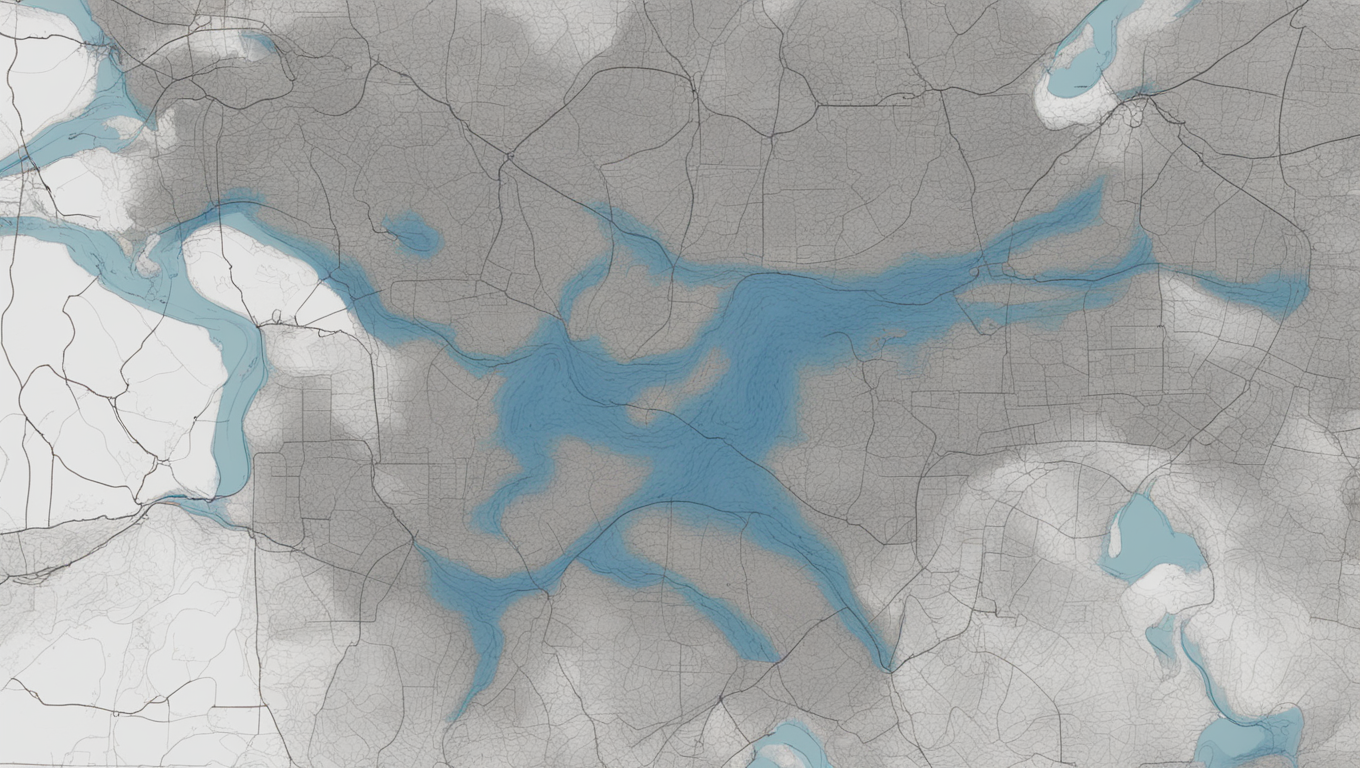In a groundbreaking new trial, New South Wales (NSW) is embracing the power of artificial intelligence (AI) and mobile networks to predict the impact of flooding. In partnership with researchers from the University of Technology Sydney and TPG Telecom, the NSW State Emergency Service is harnessing network-sensing technology to extract localized weather information, such as rainfall, water levels, and river flows, using signals transmitted on the communications network.
By combining real-time weather data with historical information from the Bureau of Meteorology and flood records, the trial aims to create a comprehensive 4D visualization of the landscape and built environment through the NSW Spatial Digital Twin (SDT). The SDT enables large amounts of data to be visualized in 3D and 4D models, providing detailed analytics for understanding and analyzing the information.
The ultimate goal of this innovative project is to use AI to predict risks to infrastructure and communities, revolutionizing the way emergency services respond to severe weather events. This predictive capability could enable rapid dissemination of targeted alerts to affected communities, helping them access crucial storm and flood information more quickly.
The NSW government recognizes the potential of this technology to protect communities and enhance emergency response efforts. Jihad Dib, the state’s Minister for Customer Service and Digital Government, emphasized the importance of the project given the increasingly severe weather patterns resulting from climate change: “As we face increasingly severe weather influenced by climate change, we are supporting the NSW State Emergency Service with technology that could help communities access important storm and flood information quicker.”
This trial is being closely watched by experts in the field, who believe that the successful implementation of AI and mobile networks could revolutionize flood risk prediction not only in Australia but around the world. Dr. Anna-Maria Arabia, Chief Executive of the Australian Academy of Science, expresses her optimism: “The potential application of AI and mobile networks in flood risk prediction is an exciting development… This project has the possibility to significantly improve the way communities are informed about, and prepared for, flood events.”
Furthermore, this trial demonstrates the power of collaboration between academia, government agencies, and the private sector in tackling complex challenges. The partnership between the NSW State Emergency Service, the University of Technology Sydney, and TPG Telecom exemplifies the synergy that can be achieved when key stakeholders come together to innovate and find solutions. With such collaboration, the full potential of AI and mobile networks can be harnessed for the benefit of society.
Although the technology is still in the developmental stage, its potential to transform emergency services cannot be overstated. By leveraging the capabilities of AI and mobile networks, New South Wales is taking a giant leap forward in flood risk prediction and emergency response. This cutting-edge project serves as a shining example of how technology can empower us to tackle the most pressing challenges of our time.





Use the share button below if you liked it.